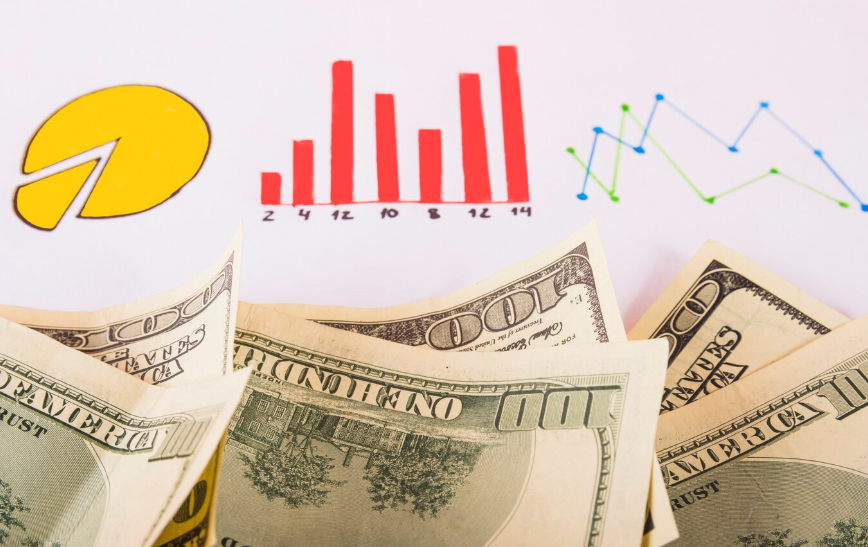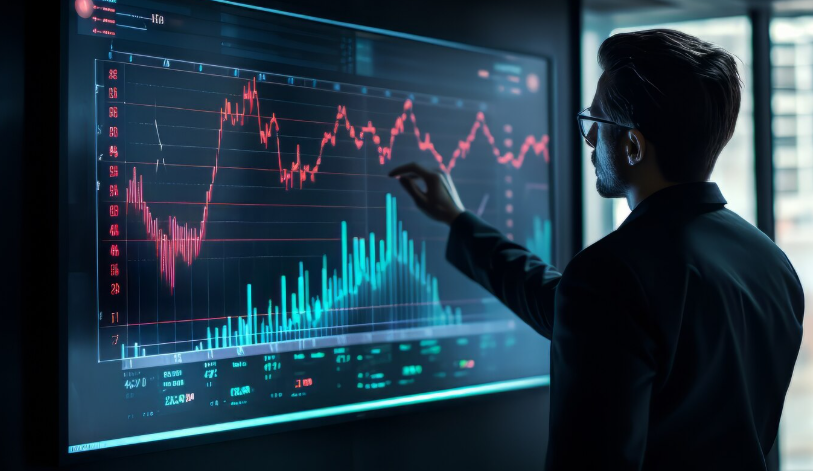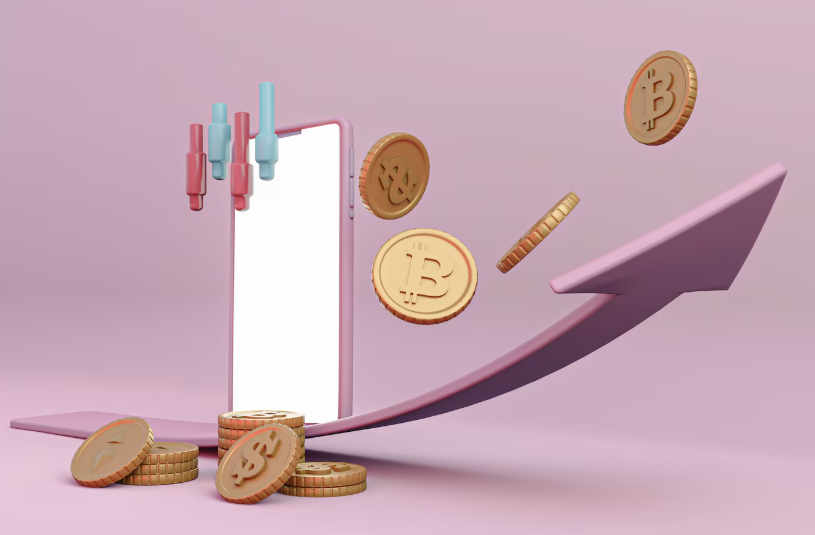In the ever-evolving landscape of digital connection, a fascinating phenomenon has taken center stage: the rise of parasocial relationships, particularly amplified by the age of influencer intimacy. We’re no longer just observing celebrities from afar; we’re invited into their homes, their daily routines, and even their emotional lives, fostering a unique and often powerful one-sided bond.
What Exactly Are Parasocial Relationships?
Originally coined in the 1950s by social scientists Donald Horton and Richard Wohl, parasocial relationships describe the one-sided psychological bonds that media consumers form with performers or characters. Think about feeling like you “know” your favorite TV show host, or a strong connection to a character in a novel. These relationships, while not reciprocal, can feel very real to the person experiencing them.
The Influencer Era: A New Frontier of Intimacy
Enter the age of the influencer. Unlike traditional celebrities, influencers often build their platforms on authenticity, relatability, and a cultivated sense of personal connection. Through vlogs, Instagram stories, live streams, and direct engagement in comments and DMs, they offer an unprecedented level of access to their lives.
This constant, unfiltered (or seemingly unfiltered) stream of content blurs the lines between public persona and private individual. Followers witness everything from morning routines and struggles with mental health to relationship milestones and everyday anxieties. This curated intimacy fosters a powerful illusion of genuine friendship and understanding.
Why Do We Form These Bonds?
Several factors contribute to the strength of parasocial relationships with influencers:
- Perceived Authenticity: Influencers often present themselves as “just like us,” sharing relatable experiences and vulnerabilities that create a strong sense of identification.
- Constant Access: The sheer volume and frequency of content create a feeling of continuous presence, making the influencer feel like a consistent companion.
- A Sense of Community: Influencers often cultivate strong communities around their content, where followers interact with each other, further solidifying the shared bond with the influencer.
- Emotional Investment: As followers invest time and emotion into an influencer’s life, they develop a sense of loyalty and even protective feelings.
- Wish Fulfillment: For many, influencers represent aspirational lifestyles or qualities, allowing followers to vicariously experience these through their content.
The Double-Edged Sword of Intimacy
While parasocial relationships can offer comfort, entertainment, and a sense of belonging, they also come with complexities:
- Unrealistic Expectations: Followers might develop unrealistic expectations of the influencer, forgetting the curated nature of their online presence.
- Emotional Vulnerability: The one-sided nature means emotional investment isn’t reciprocated, which can lead to disappointment or feelings of betrayal if the influencer’s actions don’t align with expectations.
- Blurred Boundaries: The line between online and offline relationships can become dangerously blurred, potentially impacting real-world social interactions.
- Commercial Influence: The inherent commercial aspect of influencing means that these “intimate” relationships are often intertwined with product endorsements and marketing, sometimes leading to a feeling of being manipulated.
Navigating the New Normal
As the digital landscape continues to evolve, so too will the nature of our relationships within it. Understanding parasocial relationships is crucial for both consumers and creators. For followers, it’s about mindful engagement – appreciating the content without losing sight of the one-sided nature of the bond. For influencers, it’s about responsible creation – acknowledging the power of their platform and the impact of the intimacy they cultivate.
The age of influencer intimacy has undeniably reshaped how we connect. It’s a powerful testament to our innate human desire for connection, played out on the grand, glittering stage of the internet. As we continue to navigate this new frontier, fostering awareness and healthy boundaries will be key to harnessing the positive aspects of these unique relationships.
Parasocial Relationships and the Age of Influencer Intimacy
In the ever-evolving landscape of digital connection, a fascinating phenomenon has taken center stage: the rise of parasocial relationships, particularly amplified by the age of influencer intimacy. We’re no longer just observing celebrities from afar; we’re invited into their homes, their daily routines, and even their emotional lives, fostering a unique and often powerful one-sided bond.
What Exactly Are Parasocial Relationships?
Originally coined in the 1950s by social scientists Donald Horton and Richard Wohl, parasocial relationships describe the one-sided psychological bonds that media consumers form with performers or characters. Think about feeling like you “know” your favorite TV show host, or a strong connection to a character in a novel. These relationships, while not reciprocal, can feel very real to the person experiencing them. They are an “illusory experience,” where an audience member interacts with a persona as if engaged in a reciprocal relationship.
The Influencer Era: A New Frontier of Intimacy
Enter the age of the influencer. Unlike traditional celebrities, influencers often build their platforms on authenticity, relatability, and a cultivated sense of personal connection. Through vlogs, Instagram stories, live streams, and direct engagement in comments and DMs, they offer an unprecedented level of access to their lives.
This constant, unfiltered (or seemingly unfiltered) stream of content blurs the lines between public persona and private individual. Followers witness everything from morning routines and struggles with mental health to relationship milestones and everyday anxieties. This curated intimacy fosters a powerful illusion of genuine friendship and understanding. Social media algorithms, which continuously expose users to relevant content from accounts they engage with, further deepen this engagement and loyalty.
Why Do We Form These Bonds?
Several factors contribute to the strength of parasocial relationships with influencers:
- Perceived Authenticity: Influencers often present themselves as “just like us,” sharing relatable experiences and vulnerabilities that create a strong sense of identification. This sense of authenticity is crucial for the formation of parasocial bonds.
- Constant Access: The sheer volume and frequency of content create a feeling of continuous presence, making the influencer feel like a consistent companion.
- A Sense of Community: Influencers often cultivate strong communities around their content, where followers interact with each other, further solidifying the shared bond with the influencer.
- Emotional Investment: As followers invest time and emotion into an influencer’s life, they develop a sense of loyalty and even protective feelings.
- Wish Fulfillment: For many, influencers represent aspirational lifestyles or qualities, allowing followers to vicariously experience these through their content.
- Reduced Loneliness: Especially during times of social isolation, like the COVID-19 pandemic, these relationships can provide a sense of connection and companionship, reducing feelings of loneliness.
The Double-Edged Sword of Intimacy
While parasocial relationships can offer comfort, entertainment, and a sense of belonging, they also come with complexities:
- Unrealistic Expectations: Followers might develop unrealistic expectations of the influencer, forgetting the curated nature of their online presence.
- Emotional Vulnerability: The one-sided nature means emotional investment isn’t reciprocated, which can lead to disappointment or feelings of betrayal if the influencer’s actions don’t align with expectations. This can negatively affect mental health if an individual invests too heavily.
- Blurred Boundaries: The line between online and offline relationships can become dangerously blurred, potentially interfering with real interpersonal bonds and leading to social isolation.
- Commercial Influence: The inherent commercial aspect of influencing means that these “intimate” relationships are often intertwined with product endorsements and marketing. This can lead to followers being less critical of advertised products due to their trust in the influencer.
- Negative Self-Comparison: Constant exposure to seemingly perfect lives online can lead to negative self-comparisons, affecting self-esteem and potentially contributing to anxiety and depression.
- Manipulation: In some cases, influencers might take advantage of the emotional investment of their audience for personal gain, promoting unhealthy ideas or pressuring followers to purchase merchandise.
Navigating the New Normal
As the digital landscape continues to evolve, so too will the nature of our relationships within it. Understanding parasocial relationships is crucial for both consumers and creators. For followers, it’s about mindful engagement – appreciating the content without losing sight of the one-sided nature of the bond and maintaining healthy real-life relationships. For influencers, it’s about responsible creation – acknowledging the power of their platform and the impact of the intimacy they cultivate, ensuring transparency and ethical promotion.
The age of influencer intimacy has undeniably reshaped how we connect. It’s a powerful testament to our innate human desire for connection, played out on the grand, glittering stage of the internet. As we continue to navigate this new frontier, fostering awareness and healthy boundaries will be key to harnessing the positive aspects of these unique relationships.













